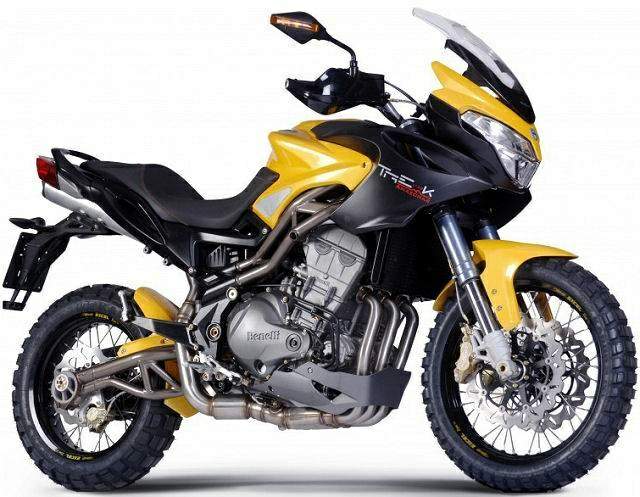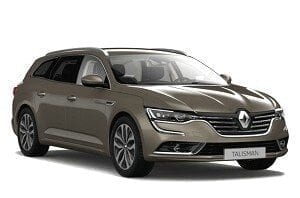
Benelli Trek 1130 Amazon
The Amazonas hike, which takes place from Pesaro, where Dr. Valentino was born, has nothing to do with the Bavarian enduro. The fact that due to some specifications they both belong to the same class is simply a result of the fact that there is no group in the motorcycle dictionary that could be called, for example, "enduro for sports travel". Therefore, this Benelli should not be compared to either the Varadero or the more field-oriented LC8 Adventure. He is closer to the English Tiger with a similar engine design and, possibly, the Cagivin Navigator. Why?
Amazonas is an athlete at heart. Yes, compared to the Trek, they increased the suspension travel by 25 millimeters, installed larger diameter classic wheels and applied better (!) Brakes. But - is this enough to turn the bike from a big "fanbike" into a touring enduro? Depending on what the driver expects.
First, a few words about the drivetrain, which is basically similar to the one in the Tornado (i.e. the propellers under the seat) and the same as the one used in the Trek model. This is a three-cylinder in-line engine with four valves in each head, of course, liquid-cooled and electronic fuel injection, as we live in the third millennium.
The maximum power rating is certainly admirable, but the bike has another interesting addition. Next to the dashboard, which also contains the clock and stopwatch, if you can manage to find one, long press the engine start button while running, there is a red button labeled “Power Management”. Yes, it looks like a button to turn on the NOS super turbo charger in a video game, and the design and quality of the button are at the level of a toy. ...
But the effect is important, that is, the change in the characteristics of the engine from a sporty to a more civilian and vice versa. You will notice the biggest difference if you first go on constant gas at a speed of about 70 kilometers per hour with the included, let's say, "sport mode".
The engine will beep, every slight throttle movement will mean a kick and immediate acceleration. However, when the magic button is turned on, the howling of the air filter is muted and the engine's responsiveness is reduced. Maybe even a little too much, because once we get used to the harsh response of the three cylinders, the engine suddenly becomes lazy.
In both cases, Amazonas is faster than average for its class. Well-adjustable wind protection can make travel speeds unnecessarily high due to toxic exhaust noise under the seat, and light ride performance, quality suspension and brakes are not uncommon to take a tight corner or turn it on. gravel road. "Legs" like a light enduro motorcycle. This means it will not be listed at the very top of the typical traveler's list of possible motorcycles.
If he had already digested harsh brakes without ABS and (pre-)spark, he would surely be bothered by the fact that even a completely relaxed suspension is still too heavy for a spoiled ass. So Amazonas is an enduro for travel? With ease and very good! It all depends on the wishes and expectations of the rider.
Technical information
Test car price: 12.900 EUR
engine: three-cylinder, four-stroke, 1.131 cm? , liquid cooling, 4 valves per cylinder, electronic fuel injection? 53 mm.
Maximum power: 92 kW (123 KM) at 9.000/min.
Maximum torque: 112 Nm @ 5.000 rpm
Energy transfer: 6-speed gearbox, dry clutch, chain.
Frame: steel pipe.
brakes: 2 reels ahead? 320mm, 255-rod jaws, rear disc? XNUMX mm, double piston jaw.
Suspension: front adjustable inverted telescopic fork? 48mm, 175mm travel, rear adjustable single shock, 180mm travel.
Tires: 110/80–19, 150/70–17.
Seat height from ground: 875 mm.
Fuel tank: 22 l.
Wheelbase: 1.530 mm.
Dry weight: 208 kg.
Representative: Auto Performance, Kamniška 25, Kamnik, 01/839 50 75, www.autoperformance.si.
We praise and reproach
+ powerful engine
+ bold design, details
+ lightness
+ brakes
+ driving performance
- suspension too stiff
– vibrations at 5.000 rpm
– overly responsive enduro travel unit
Matevž Gribar, photo: Saša Kapetanovič

